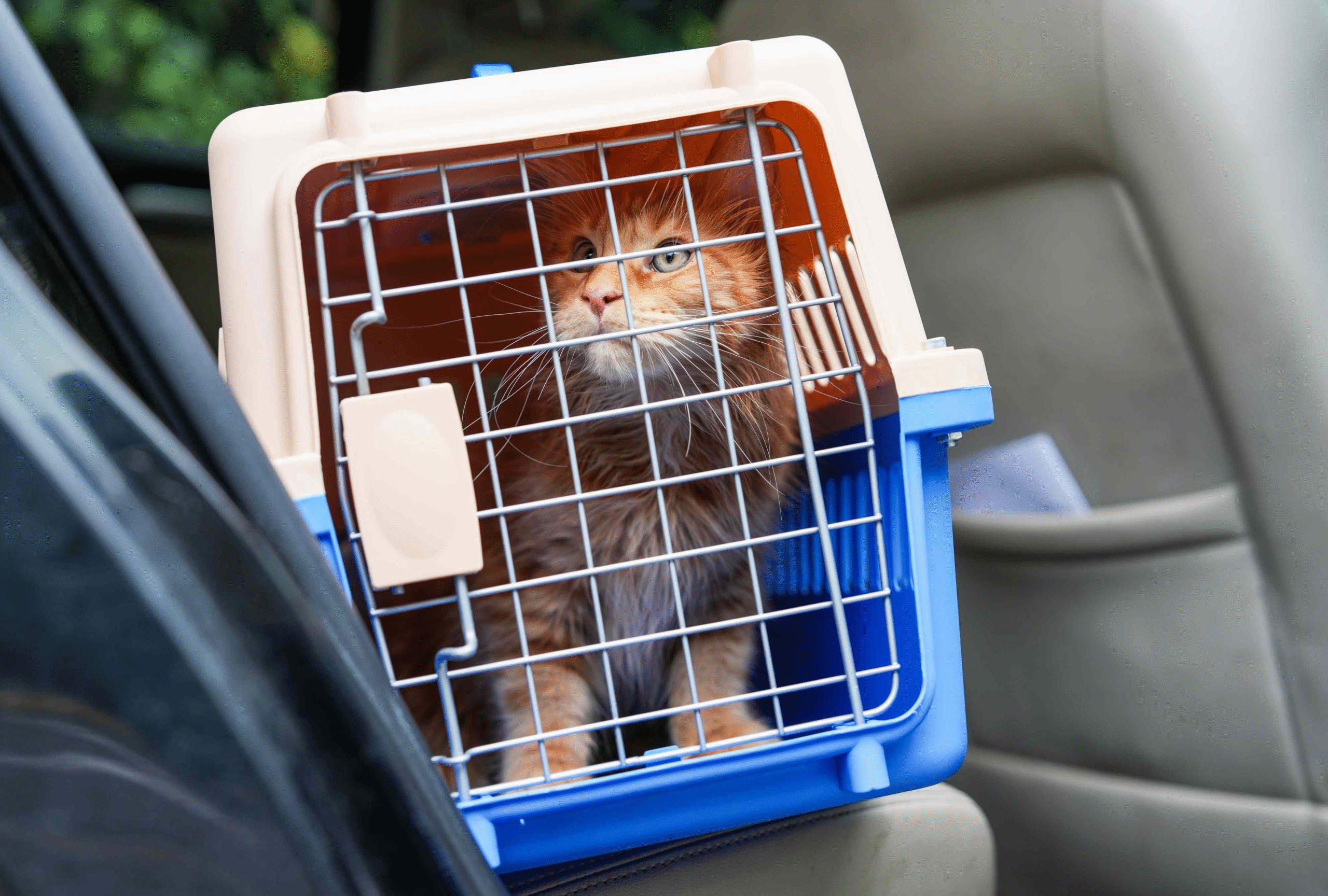Traveling with a pet can bring a bit of concern: how can I ensure that my pet is safe during the trip or when I’m not around? What can I do to keep them secure while I feel at ease? These are important questions to consider, whether for short or long trips.
Here’s a practical guide, grounded in research and free from clichés, focusing on empathy and evidence to ensure your animal’s well-being during your travels.
Before Departure: Preparing for Safety
Before traveling, take your pet to the veterinarian to ensure they’re healthy. This isn’t just a rule; it’s a chance to check if they need anything they can’t express:
- Check for any hidden illnesses or pain that could worsen during travel.
Look into the rules for your destination, such as vaccines required by some regions and airlines.Update all forms of identification: microchip, ID tags, and create a temporary tag with your contact information and the destination.
Choosing the Method: Prioritize Safety
When traveling by car, think of it as a safe space and avoid distractions. Studies show that:
- Using seat belts and carriers can help prevent injuries in accidents.
The back seat is the safest place, as airbags can be dangerous for unrestrained animals.Take short trips to help your pet acclimate before the journey.
For air travel, choose direct flights and familiarize your pet with the transport crate beforehand.
Preparation: More than Just Basics
Create an emergency kit that includes:Water your pet is used to (some may react if the water has different minerals). Portions of their regular food, plus portable bowls.
- Medication in secure, labeled containers.
- Bedding with their familiar scent and an extra leash.
Documents with a recent photo of you together to assist in reunification if necessary.
Home: Learning to Stay Calm
Help your animal adjust to travel by mimicking elements at home:Let them play with the carrier naturally, not just before the trip. Reinforce calmness with rewards; avoid punishments.
Special scent sprays and calming music can help; consult your veterinarian about what to use.
When Staying Home is Best
If travel seems stressful for your pet, consider a “safe place”:
- Arrange visits from trusted caregivers or choose a well-reviewed boarding facility.
Remove hazardous items from home and maintain a consistent routine. Write simple instructions on how to care for your pet and their needs.
Planning for the Unexpected
Share emergency contacts and house keys with the person caring for your pet. Know where the nearest 24-hour veterinary clinics are located and be prepared for changing weather conditions.
On the Road: Safe Movement
Keep your pet secure during the journey; never leave them unattended. Make regular stops for exercise. Watch for signs of stress.
Accommodations: Creating a Temporary Place to Stay
Check hotel policies regarding pets. Bring familiar items from home to make your pet feel at ease and find out where local veterinarians are located.
Traveling is an Opportunity for Connection
Traveling with your pet is not just a change of scenery; it’s a way to deepen your bond. Careful planning helps avoid issues and ensures you share happy moments together.
Remember, caring for your pet is a responsibility that should accompany you on all your adventures.
